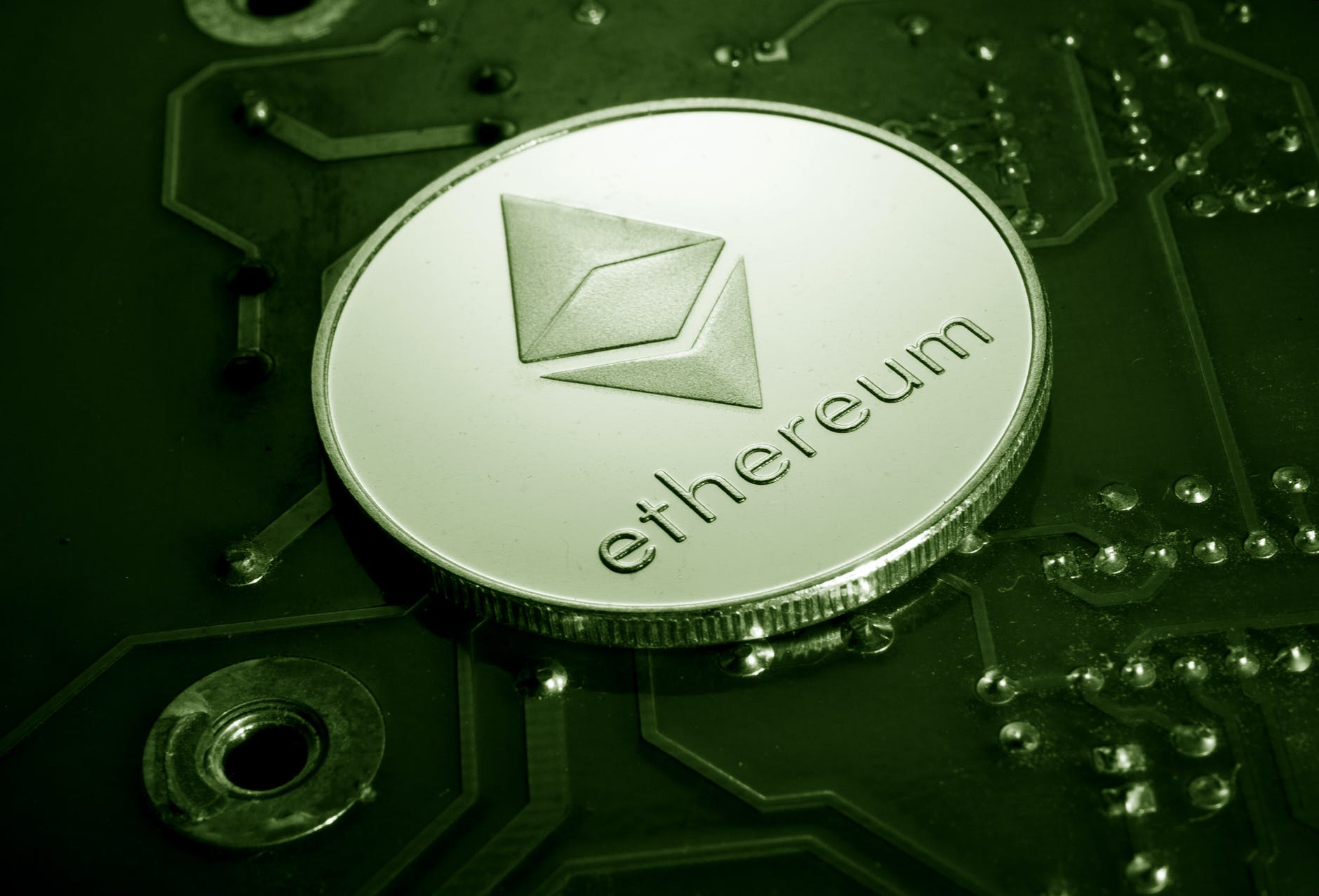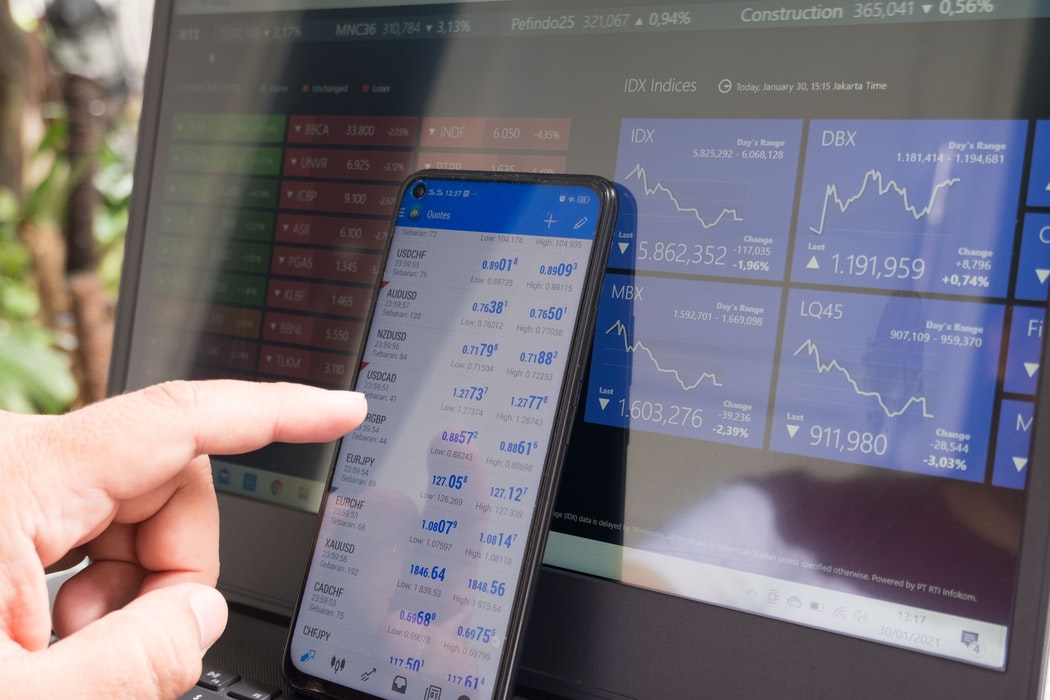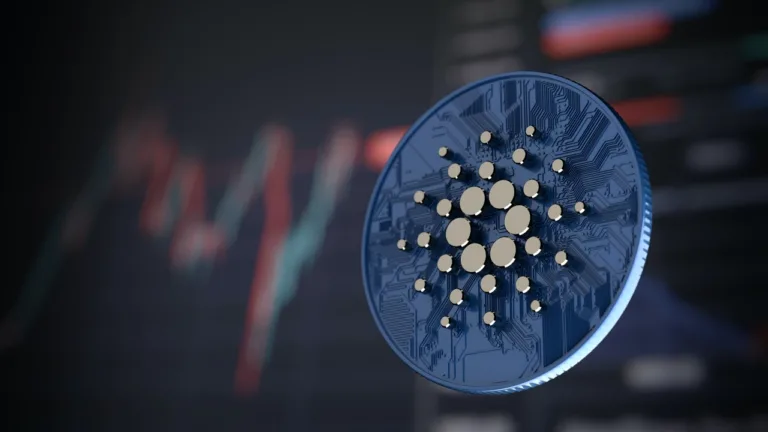If you have been in the crypto community for a while now, you must have heard of the Cardano vs Ethereum debate. It is one that has been ongoing for a long time. These two cryptocurrencies are often compared to each other because they have a lot in common.
Both Ethereum (ETH) and Cardano (ADA) are types of digital currencies that also function as programmable ecosystems. That means other applications and digital currencies can be built on their networks. But looking at some factors and the way the two cryptos are doing lately, it is easy to get caught in the debate again. So, in this post, we will be looking at some reasons we think Cardano ADA could be a solid Ethereum alternative. Keep reading to see all we’ve got to say about the topic.

What is Cardano?
Cardano is one of the top-performing cryptocurrencies on the market in 2024. The cryptocurrency presently occupies the sixth position in the world based on market capitalization.
Cardano was created in 2015 by Charles Hoskinson, one of the co-founders of Ethereum. Right from its launch in 2015, it was obvious that Cardano certainly has lots of goodies for the crypto community. Apart from having a technology that seems better than many of its peers, it also has strong community backing.
The cryptocurrency was created by a Hong Kong company, Input Output Hong Kong (IOHK) with the purpose of making a blockchain that will be able to perform much better than other blockchains like Bitcoin.
Cardano and ADA; Are the Two the Same Thing?
Many people often think that Cardano and ADA are the same. But that is not the case. While Cardano is a decentralized platform that allows people to send and receive funds, the name of the cryptocurrency they send and receive is ADA coin.
ADA is named after Ada Lovelace, the world’s first computer programmer. The coin can be used for a variety of purposes, including paying for goods and services, and as an alternative to physical global currencies. It can also be used to stake on the Cardano ecosystem.
Why ADA Could Be a Solid Ethereum Alternative

#1: ADA is a third-generation project
Compared to other digital currency projects, Cardano tends to be unique. It has a brand new technology backing it up. One of its uniqueness is that it is considered a third-generation blockchain while other blockchains like Bitcoin and Ethereum are first and second-generation blockchains.
What this means is that Cardano attempts to solve problems that have been big issues for coins that have come before it. While Cardano is still in the development stage of fully achieving this, supporters of ADA follow the progress on their website. Because of the updates and advancements made by the coin and network in this line, supporters believe Cardano could topple some of the most prominent cryptocurrencies like Ethereum when it is fully deployed.
#2: Smart contracts
With smart contracts, blockchains are able to do much more than just record transactions – they allow deals to be done on the blockchain. For instance, it is now possible for you to take out a smart insurance policy that automatically pays out when certain conditions are met.
Smart contracts, which are small pieces of self-executing codes that live on the blockchain, are the secret sauce behind decentralized applications (dApps) and non-fungible tokens (NFTs). Although Ethereum presently dominates the smart contract space because it is one of the first blockchain platforms to roll out smart contracts on its platform, Cardano is fast coming behind.
Cardano is fast rolling out its smart contract capabilities and it claims to offer smart contracts that could prove to be more efficient than those of Ethereum when it is fully launched. Furthermore, with the increased rate of transaction fee experienced with Ethereum due to its type of consensus mechanism, people are soon going to be trooping to Cardano when they know it now offers smart contracts too – remember the cryptocurrency offers lower transaction fees and quick transaction processing. That means Ethereum enjoying the top list for smart contracts may soon be short-lived.

#3: Proof of stake (PoS)
Ethereum presently operates the proof of work (PoW) consensus mechanism, even though it plans to make a switch in its coming upgrade. This makes the network depend heavily on miners to validate transactions and add new blocks to the blockchain. Miners rely on expensive and powerful computing software to get this done and also place a huge demand on electricity consumption. This has been a long-time challenge for Ethereum and other cryptocurrencies that use PoW. And that’s why Ethereum is proposing a switch to PoS in its coming Ethereum 2.0 upgrade.
On the other hand, Cardano is designed to use proof of stake right from the onset. That means it doesn’t need miners to maintain the network, and so requires less energy and resources than Ethereum which still uses PoW. Cardano requires a small number of validators (ADA holders) to be online to validate transactions. That way, transactions are guaranteed to happen more quickly and cheaply.
That is one area Ethereum would have to do a whole lot of job to catch up with Cardano.
#4: Lower transaction fees
Although Ethereum proved to be superior right now, in a few years to come, it might have already been toppled by Cardano. Ethereum is already getting congested and transactions are expensive right now. because of this, some developers are already moving away from the network. Since the problem could only be resolved when Ethereum 2.0 upgrade is finally rolled out with the PoS algorithm, Ethereum might be losing lots of people before that time. Especially now that there are other players like Cardano in the market that already have smart contracts enables.

Finally, Should You Buy Cardano ADA?
Whether to buy Cardano ADA or not totally depends on you. If you think ADA coin fits into your portfolio, why not! Both Cardano and Ethereum’s networks offer similar features, including building decentralized applications and running customized smart contracts.
However, Cardano tends to have an upper hand in some areas. Such areas include the use of PoS instead of PoW and low transaction fees. The two networks aren’t going anywhere, and are both likely to increase in value in the long term.

